How Emotional Eating Disrupts Weight Loss—and What You Can Do About ItTrimBody M.D. Explores the Science Behind Stress Cravings and Practical Steps Toward Healthier Habits
Emotional eating is a deeply rooted behavior affecting millions of Americans, yet it often flies... The post How Emotional Eating Disrupts Weight Loss—and What You Can Do About ItTrimBody M.D. Explores the Science Behind Stress Cravings and Practical Steps Toward Healthier Habits appeared first on Social Media Explorer.

Emotional eating is a deeply rooted behavior affecting millions of Americans, yet it often flies under the radar as a contributing factor to long-term weight gain, stalled fitness goals, and cycles of frustration. It’s more than just grabbing comfort food after a stressful day emotional eating can override natural hunger cues and quietly derail weight loss progress.
According to recent behavioral health studies, as much as three-quarters of eating behavior in the U.S. may be emotionally driven. The tendency to turn to food for comfort, reward, or distraction has grown more common with the rise of high-stress lifestyles, irregular sleep, and constant digital stimulation. At TrimBody M.D., a medical weight loss clinic focused on holistic health, providers are seeing firsthand how these patterns sabotage even the most motivated clients.
What Drives Emotional Eating?
Emotional eating happens when psychological triggers like stress, anxiety, or boredom replace physical hunger as the signal to eat. Instead of responding to bodily needs, individuals consume food for emotional regulation, often without conscious awareness. These cravings typically target highly processed, calorie-dense foods, rich in sugar, salt, or fat.
The body responds with a short-lived boost in mood or energy, thanks to a temporary spike in dopamine levels. But the emotional relief fades quickly, often replaced by guilt or shame, reinforcing the pattern. This emotional-eating cycle makes it difficult to develop sustainable, healthy eating routines and can undermine progress in weight loss programs.
Stress, Sleep, and Hormones: A Perfect Storm
Two of the biggest underlying drivers of emotional eating are chronic stress and sleep deprivation—both of which disrupt the body’s hormonal regulation. Elevated levels of cortisol, the stress hormone, increase cravings for “feel-good” foods. Meanwhile, a lack of sleep interferes with the production of ghrelin and leptin, the hormones responsible for regulating hunger and fullness. The result? You feel hungrier more often and have a harder time recognizing when you’re full.
Poor sleep and high stress also make the body more prone to blood sugar crashes, which drive further cravings and impulsive snacking. Alcohol consumption can intensify this cycle by disturbing REM sleep and increasing nighttime hunger, further contributing to overeating and sluggish metabolism.
Why Events Like Super Bowl Sunday Worsen the Problem
High-stress or emotionally charged social situations can exacerbate emotional eating. For instance, during Super Bowl week 2024, snack sales in the U.S. spiked to over 107 million pounds, and average caloric intake on game day exceeded 11,000 calories per person more than four times the recommended daily amount. Similar patterns emerge around holidays, where food is tied to tradition, connection, and emotion.
Often, individuals don’t even realize they’re overeating in these environments because the cues to stop eating, such as satiety or fullness, are drowned out by distractions or social norms.
Emotional vs. Physical Hunger: A Critical Distinction
One way to regain control over emotional eating is by learning how to identify the difference between true hunger and emotional cravings:
- Emotional hunger is sudden, urgent, and tied to specific cravings (often high-calorie “comfort” foods).
- Physical hunger builds gradually, can be satisfied with a variety of foods, and ends when you’re full.
- Emotional eating often leads to feelings of regret or guilt afterward physical hunger does not.
At TrimBody M.D., education around these differences is integrated into their weight management approach, helping clients build awareness as a first step toward change.
Who Struggles Most With Emotional Eating?
Younger generations, particularly Millennials and Gen Z, report higher rates of emotional eating. Studies show that over 67% of young women in these age groups identify as emotional eaters. Social pressure, media exposure, and a fast-paced lifestyle may play a role in these behaviors, alongside increased mental health challenges and disrupted eating patterns.
This population is also more likely to experience social eating consuming food not out of hunger, but to participate in group dynamics or fit in socially.
When Emotional Eating Becomes Clinical
For some, emotional eating evolves into Binge Eating Disorder (BED), a diagnosable condition characterized by frequent, uncontrolled episodes of overeating accompanied by distress. Nearly 2 million Americans are affected by BED, which often includes eating large amounts in short periods, ignoring fullness cues, and experiencing emotional fallout post-meal.
Recognizing when emotional eating becomes chronic or compulsive is critical. Unlike casual stress-snacking, BED may require medical treatment, behavioral therapy, and long-term support.
Breaking the Habit: Solutions That Work
The good news is that emotional eating is changeable, especially when treated as a behavioral pattern rather than a personal failure. Practical steps include:
- Keeping a food and emotion journal to spot patterns and triggers.
- Practicing mindfulness by eating slowly, without distractions.
- Addressing stress proactively with exercise, meditation, or creative outlets.
- Seeking support, whether through a coach, therapist, or weight loss clinic.
Final Thoughts
Emotional eating is not just about food it’s about how we manage discomfort, stress, and emotional needs. The first step in overcoming it is awareness, followed by action rooted in support, strategy, and science. By addressing both the emotional and physiological aspects of eating, individuals can create healthier habits that support long-term well-being and weight management.
The post How Emotional Eating Disrupts Weight Loss—and What You Can Do About ItTrimBody M.D. Explores the Science Behind Stress Cravings and Practical Steps Toward Healthier Habits appeared first on Social Media Explorer.

























![How To Drive More Conversions With Fewer Clicks [MozCon 2025 Speaker Series]](https://moz.com/images/blog/banners/Mozcon2025_SpeakerBlogHeader_1180x400_RebeccaJackson_London.png?auto=compress,format&fit=crop&dm=1750097440&s=282171eb79ac511caa72821d69580a6e#)

![Brand and SEO Sitting on a Tree: K-I-S-S-I-N-G [Mozcon 2025 Speaker Series]](https://moz.com/images/blog/banners/Mozcon2025_SpeakerBlogHeader_1180x400_LidiaInfante_London.png?auto=compress,format&fit=crop&dm=1749465874&s=56275e60eb1f4363767c42d318c4ef4a#)








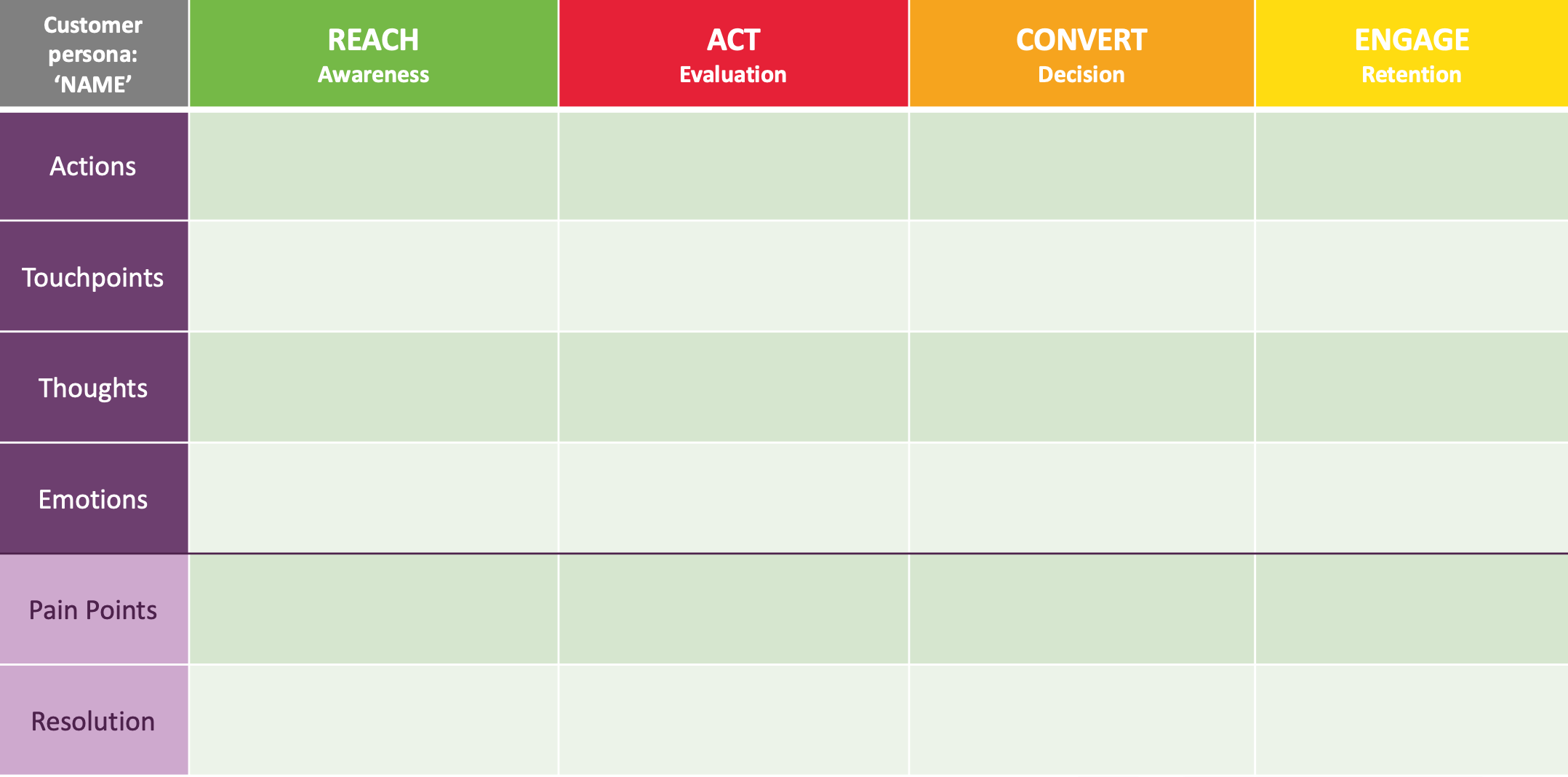















![The 11 Best Landing Page Builder Software Tools [2025]](https://www.growthmarketingpro.com/wp-content/uploads/2024/04/best-landing-page-software-hero-image-1024x618.png?#)


































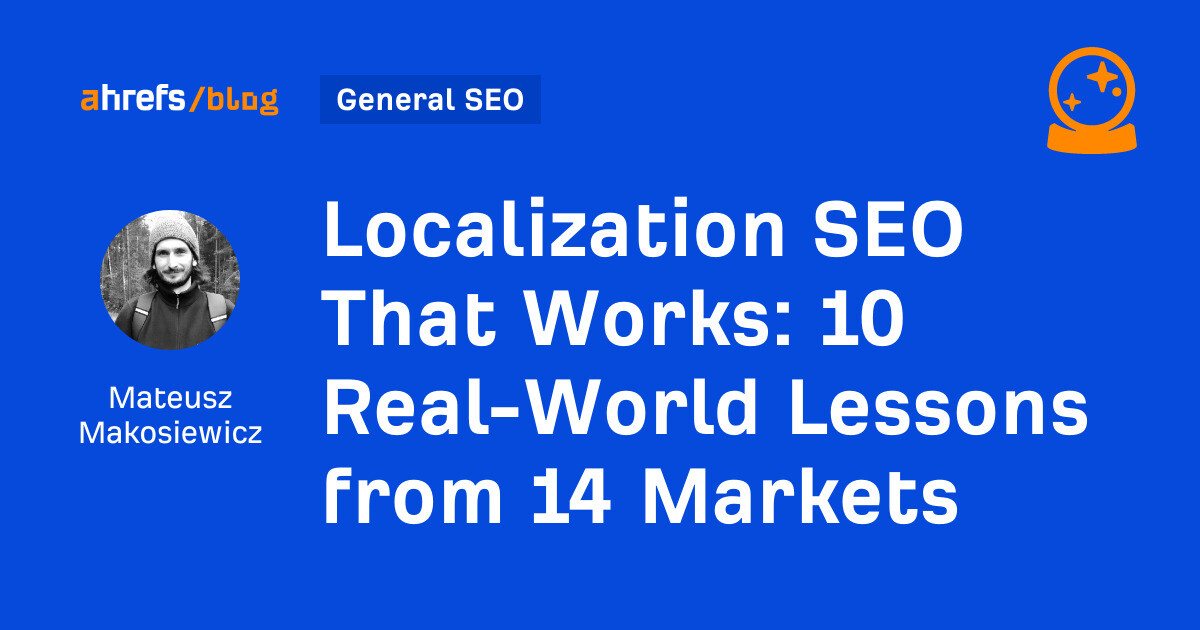
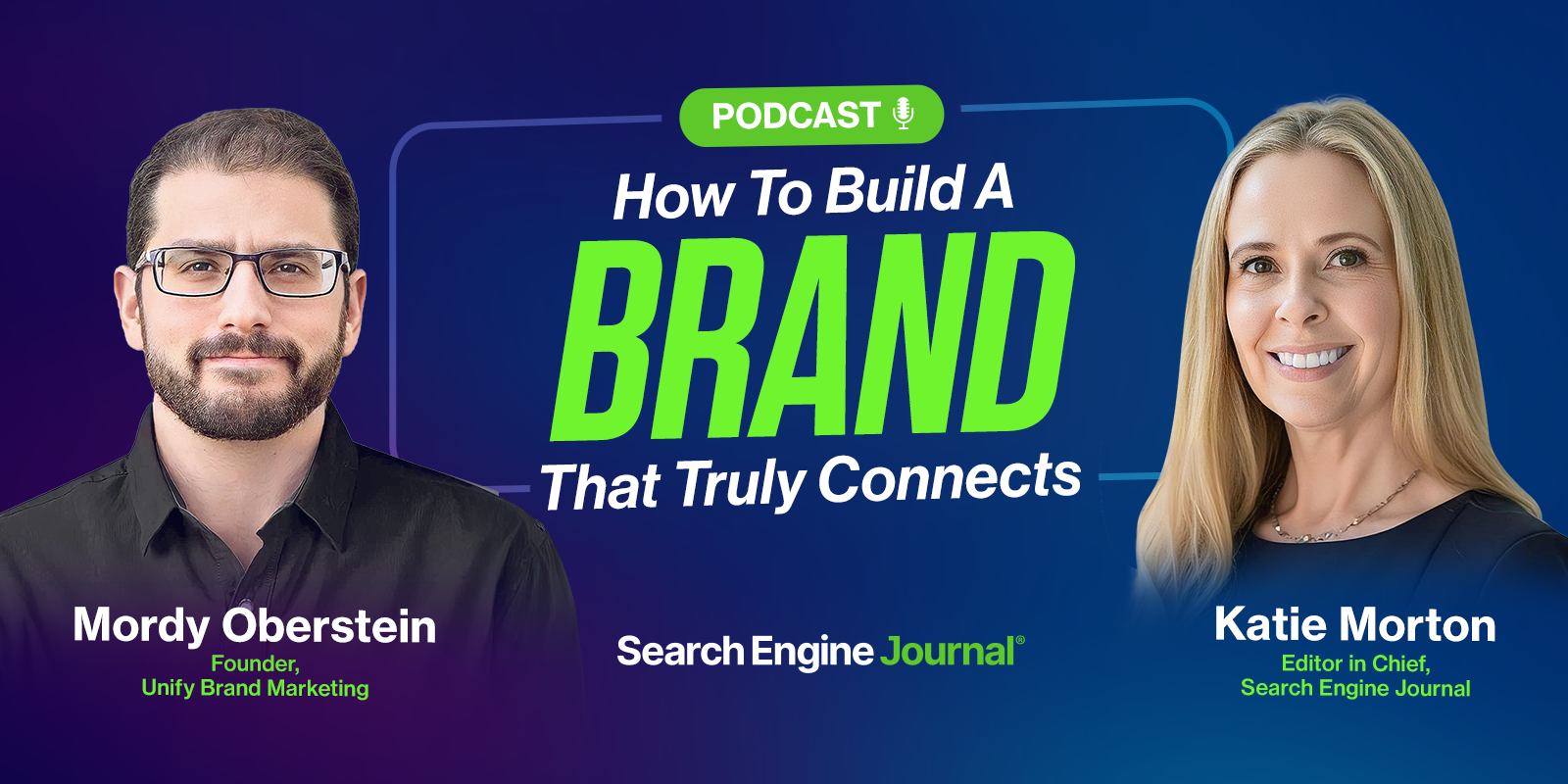


![How to Create an SEO Forecast [Free Template Included] — Whiteboard Friday](https://moz.com/images/blog/banners/WBF-SEOForecasting-Blog_Header.png?auto=compress,format&fit=crop&dm=1694010279&s=318ed1d453ed4f230e8e4b50ecee5417#)
![How To Build AI Tools To Automate Your SEO Workflows [MozCon 2025 Speaker Series]](https://moz.com/images/blog/banners/Mozcon2025_SpeakerBlogHeader_1180x400_Andrew_London-1.png?auto=compress,format&fit=crop&dm=1749642474&s=7897686f91f4e22a1f5191ea07414026#)










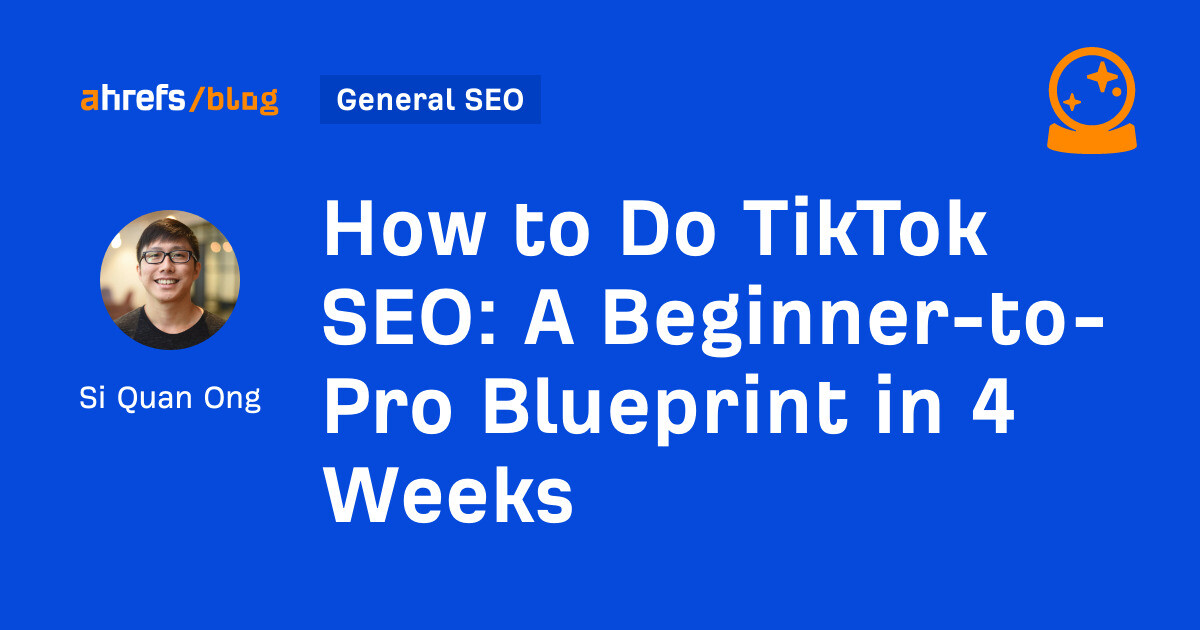














![Brand pitch guide for creators [deck and email templates]](https://blog.hootsuite.com/wp-content/uploads/2022/06/brand-pitch-template.png)

















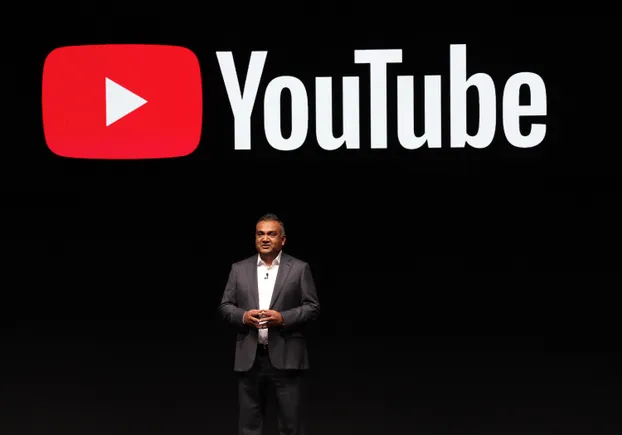
![The Largest Communities on Reddit [Infographic]](https://imgproxy.divecdn.com/vfTS-YsC_ZrqM6F4tAXJgV6qj3gCHSsf2dvHufDbrrQ/g:ce/rs:fit:770:435/Z3M6Ly9kaXZlc2l0ZS1zdG9yYWdlL2RpdmVpbWFnZS9sYXJnZXN0X3JlZGRpdF9jb21tdW5pdGllczIucG5n.webp)






